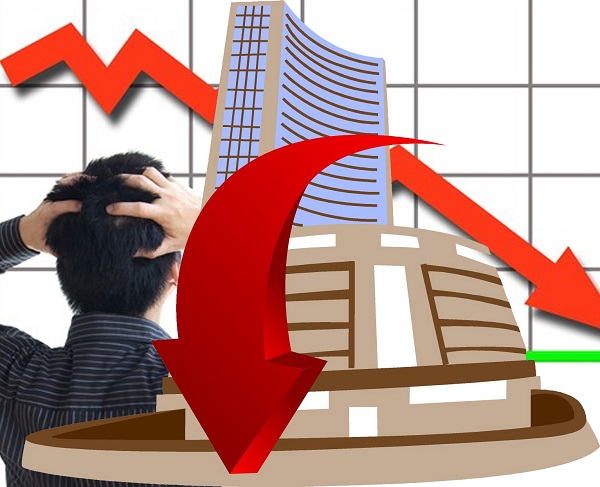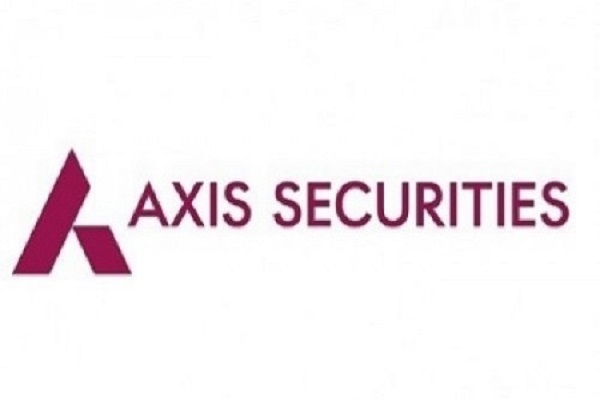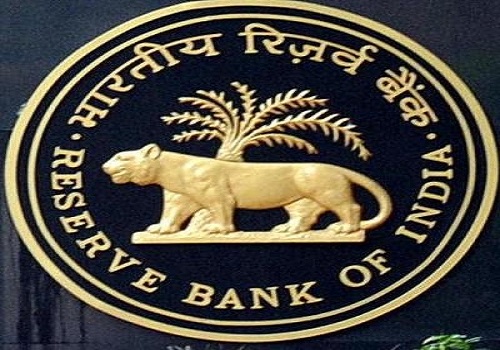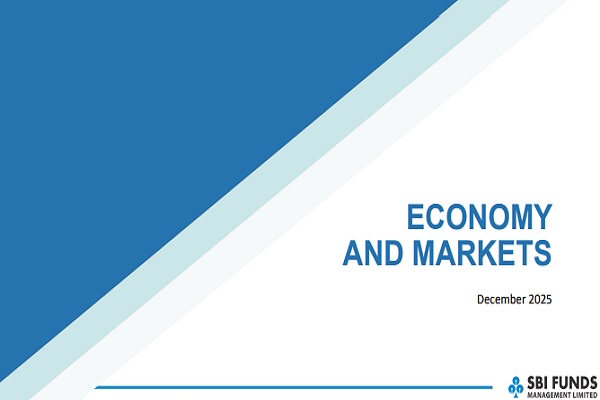``GST 2.0: Rationalization to Spark Consumption-Led Growth; Raises Nifty Target to 28,000``: Emkay Global Financial Services

Emkay Global Financial Services, in its latest India Strategy report titled GST 2.0 – Unleashing growth cited that India’s GST rationalization is a landmark, growth-accretive reform and a potential market mover. Emkay raises their Nifty target to 28,000 for Sep-26, with Autos and Cement as the preferred plays. Importantly, the second-order effects will be significant—accelerating formalization of the economy and enhancing the global competitiveness of Indian companies. Emkay believes the government should absorb the near-term revenue loss through a higher deficit, as the growth boost is likely to offset the shortfall within 2–3 years.
In his Independence Day address on 15-Aug-25, the Prime Minister announced a major GST rationalization, aiming to condense the current structure into two slabs. Subsequent media reports indicate a possible move to three rates—5%, 18%, and a 40% sin tax, though this remains unconfirmed. This reform is a significant positive for India as it i) provides a consumption boost, ii) simplifies business operations through fewer tax slabs, and iii) drives greater formalization of the economy by making tax evasion less attractive.
Big boost for autos, durables, and cement
PVs, 2Ws, ACs, cement, and packaged foods are key beneficiaries. The best way to play this would be through companies addressing mass-segment brands in each category – Emkay picks Hero Motocorp, Maruti Suzuki, Voltas, and Ultratech as key stocks; Bikaji is a small-cap idea. The benefits accrue to a narrow segment of the market (9.5% of Nifty) with a negligible (below 1%) direct EPS impact for the Nifty. Emkay estimates 10-15% EPS revisions for the companies in the relevant sectors.
Key imponderables
Emkay expects the Centre to absorb a fiscal slippage of 0.1%/0.2% in FY26/FY27, which should be partly offset by revenue buoyancy and asset sales. ii) While the BJP has the numbers to push the reform, it will need to bring states on board—including its own—as the revenue loss could push some beyond the 3%–3.5% deficit ceiling. iii) Implementation timelines remain uncertain, given the multi-step approval process. In Emkay’s view, the government should look through the near-term fiscal impact—India’s fragmented GST structure has long been a drag on growth, and rationalization is a risk worth taking. With macro-financial stability reinforced by the recent ratings upgrade, the timing is ideal to advance this reform. That said, this is not yet a done deal: GST Council approval is required, and final rates by category could still change.
Rating upgrade – Timely facilitator
S&P upgraded India’s sovereign rating to BBB on 14-Aug-25. While India’s overseas debt—at just 19% of GDP—is too small for the upgrade to materially lower borrowing costs, the move is a timely recognition of India’s strong balance sheet. It should also help reassure investors concerned about the impact of elevated US tariffs. More importantly, Emkay believes it gives the government greater room to risk a higher fiscal deficit in pursuit of GST rationalization.
Macro Impact
The government’s intent to move GST to a two-tier structure is a welcome step, particularly given the regressive nature of indirect taxes. Emkay estimates that the rationalization could lead to a general government revenue loss of ~0.4% of GDP annually, with states absorbing a disproportionate share. For the Centre, assuming expenditure remains unchanged, we project a net fiscal slippage of ~0.2% of GDP in FY26, with lower tax collections partly cushioned by higher dividends and PSU divestments.
Emkay also expect CPI inflation to ease by ~50–60 bps over the next year. This reform reinforces our sectoral rotation view of Consumption over Capex. All else equal, lower GST rates should support demand in consumer durables, autos, cement, and related sectors. That said, the net impact on aggregate demand will ultimately depend on the fiscal impulse—any cutbacks in capex or social/rural spending could dilute the overall boost.
Annualized general government GST revenue hit to be as high as ~0.4% of GDP
Roughly 70–75% of GST revenue is derived from items under the 18% slab, while the 28%, 12%, and 5% slabs contribute ~14%, ~5%, and ~7%, respectively. Emkay’s preliminary estimates suggest that the proposed rate rationalization could cost the exchequer over Rs.1.2trn annually (~0.4% of GDP). If implemented from Oct-25, the FY26 fiscal impact on general government finances would be ~0.2% of GDP. Assuming the Centre and states share the gross loss equally, the Centre’s GST-related revenue hit would be ~0.1% of GDP in FY26—posing additional pressure on bond yields. This comes at a time when the Centre’s gross tax revenue (GTR) is already lagging; Q1FY26 growth is tracking at ~5% versus the budgeted 13%, making the assumed buoyancy of 1.1x appear stretched. While some cushion may come from higher non-tax revenues—through elevated RBI and PSU dividends and possible progress on IDBI/LIC stake sales (which could help meet divestment targets)—Emkay still estimates an effective fiscal slippage of ~0.2% of GDP, provided revex and capex remain intact (both currently running above budgeted growth in Q1FY26). Additional relief could come from the residual compensation cess pool of over Rs.1.2trn by end-FY26, potentially split between the Centre and states.
Market view
Emkay sees GST rationalization as a rerating catalyst for the market, given its long-term growth benefits. The six-week downtrend should reverse, supported by i) a materially improved earnings outlook, and ii) valuations reflecting the broader positives of this landmark reform. Emkay’s sector stance remains unchanged: OW Consumer Discretionary, with a preference for SMIDs in Staples and Cement within Materials.
Above views are of the author and not of the website kindly read disclaimer


















.jpg)



